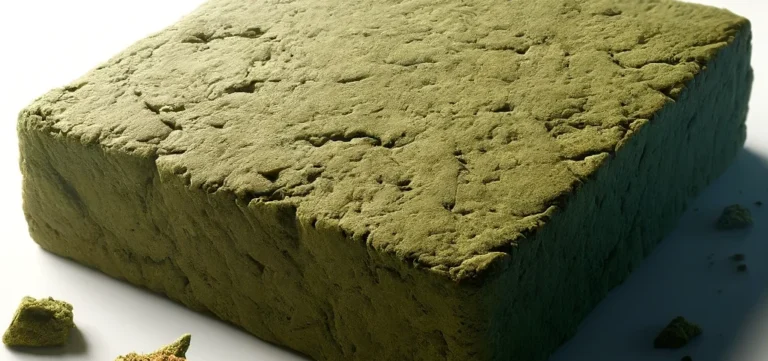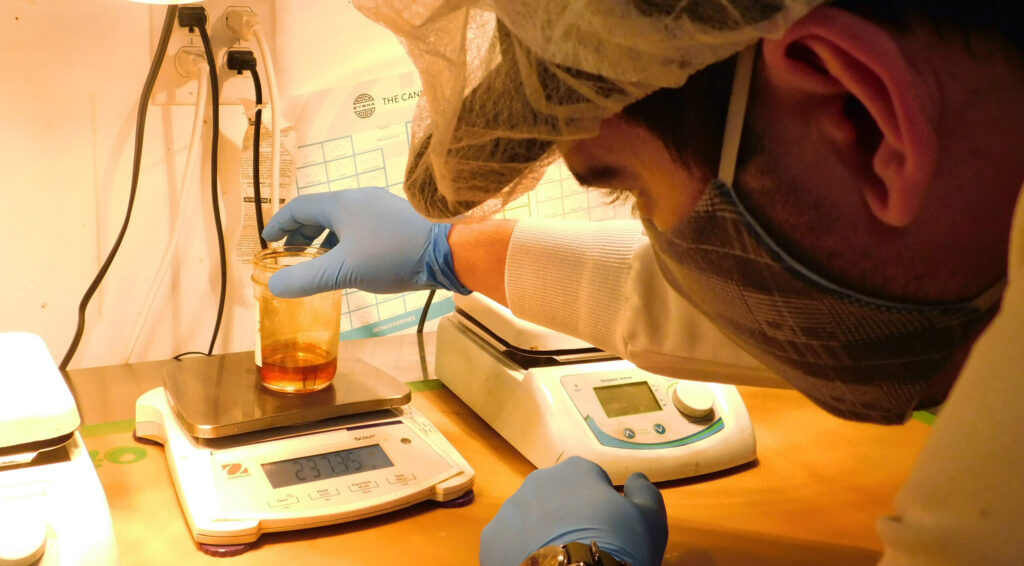Cannabis has been used for human consumption for thousands of years. From ancient stone pipes and hash smoking rituals to glass pipes that double as art pieces and the modern dab, this article explores the rich history of how cannabis flower and concentrates have been enjoyed. Hop aboard as we travel through the wormhole of discovery and how cannabis consumption has evolved.
Ancient Roots
The story of cannabis begins in ancient civilizations like China and India, where it was theorized to have been used in religious ceremonies and for medicinal purposes. Early users employed simple tools such as pipes made from animal horns or bamboo. This method was rudimentary but effective, allowing for the inhalation of smoke directly from burning cannabis flowers.
At this time cannabis was much more common as a medicine. It was frequently mixed with other prevalent medicinal herbs of the time to create elixirs for wide-ranging ailments. While these ancient varieties would be considered hemp by today’s standards, it is referenced as a medicinal herb as far back as 475 BC in writings by Confucius and other philosophers of the time.
Interestingly, there is little historical record of cannabis being used recreationally for its psychoactive effects in ancient China, however this may be due to a lack of historical translations.
The Hash Era
While Northern Asia utilized the seeds and fibers of hemp to create medicine, South Asia and the Middle East had access to more resinous cultivars. This variety is responsible for the development of “drug cultivars”, more commonly known today as “indica”.
Here, the art of hashish making took root. Hash, derived from the resin of the cannabis plant, was produced by rubbing flowers to collect trichomes. This potent form of cannabis became popular in medieval Islamic societies, influencing social and cultural norms.
Unlike cannabis flower, however, hash cannot just be put into a pipe and smoked. This led to the creation of slow-burning water pipes such as hookah where hash can be mixed with different varieties of tobacco and herbs. It wasn’t long before this consumption method made its way west.

Western Influences on Cannabis Consumption
By the time cannabis and hash reached Europe through trade routes, new smoking devices like hookahs and water pipes were more common, showing the rapid and widespread adoption of consumption methods. As cannabis cultivation began to rise in the west, growers began to utilize the cannabis flower itself as a smokeable product. Mixing hash with tobacco in a rolled paper became a common replacement for cigarettes in Europe.
However, it was the 20th century that marked a significant turn with the introduction of joints and blunts, particularly fueled by the jazz age and the 1960s counterculture. This era saw cannabis becoming a symbol of rebellion and freedom.
The notorious “Jazz Cigarette” was all the buzz. Despite the racial controversies surrounding cannabis at the time, it became a common recreational activity of many during the Hippy Movement of the 60s and 70s.
This is also when we began seeing more diverse consumption products, like glass bongs, pipes and the introduction of cannabis edibles.
Modern Times, Modern Methods
The latter part of the 20th century and the early 21st century have been characterized by technological innovation in cannabis consumption. The invention of bongs brought about a revolution in the experience, utilizing water filtration to cool and purify the smoke. However, the real game-changer was the vaporizer.
Introduced as a healthier alternative to smoking, vaporizers heat cannabis to a point where cannabinoids are released without burning the plant material, reducing the intake of harmful byproducts. Consumers also discovered that cannabis oil used in vaporizers can also be consumed in an edible format for additional effects.
The early 2010’s saw the introduction of dabbing, an expansion on traditional hash consumption that utilized modern technology to create cleaner forms of cannabis extracts. By using various solvents like butane, CO2 or ethanol producers could separate THC and other cannabinoids from the cannabis flower, and through distillation create a concentrated oil.
But as opposed to mixing with tobacco to consume these concentrates like hash, a new attachment for glass pipes called a “nail” was created. By heating the nail up to a high temperature, users could drop the cannabis concentrate (or dab) onto the nail to instantly vaporize the oil and inhale.

The New Age of Cannabis Consumption
From the early days of cannabis today, cannabis consumption has changed drastically. But in a way, it has remained the same. Traditional hashmakers in the Middle East still make a living off their ancient industry. Rolling up a joint with tobacco and cannabis is still the most common way to consume cannabis in Europe, and pipes haven’t gone anywhere.
But we have also gained many new consumption methods such as electronic vaporizers, portable dab pens, artisanal cannabis edibles and more. It is anybody’s guess what the next great cannabis consumption invention may be, but if there is one that is for sure; we’re entering the golden age of cannabis, and anything can happen!

